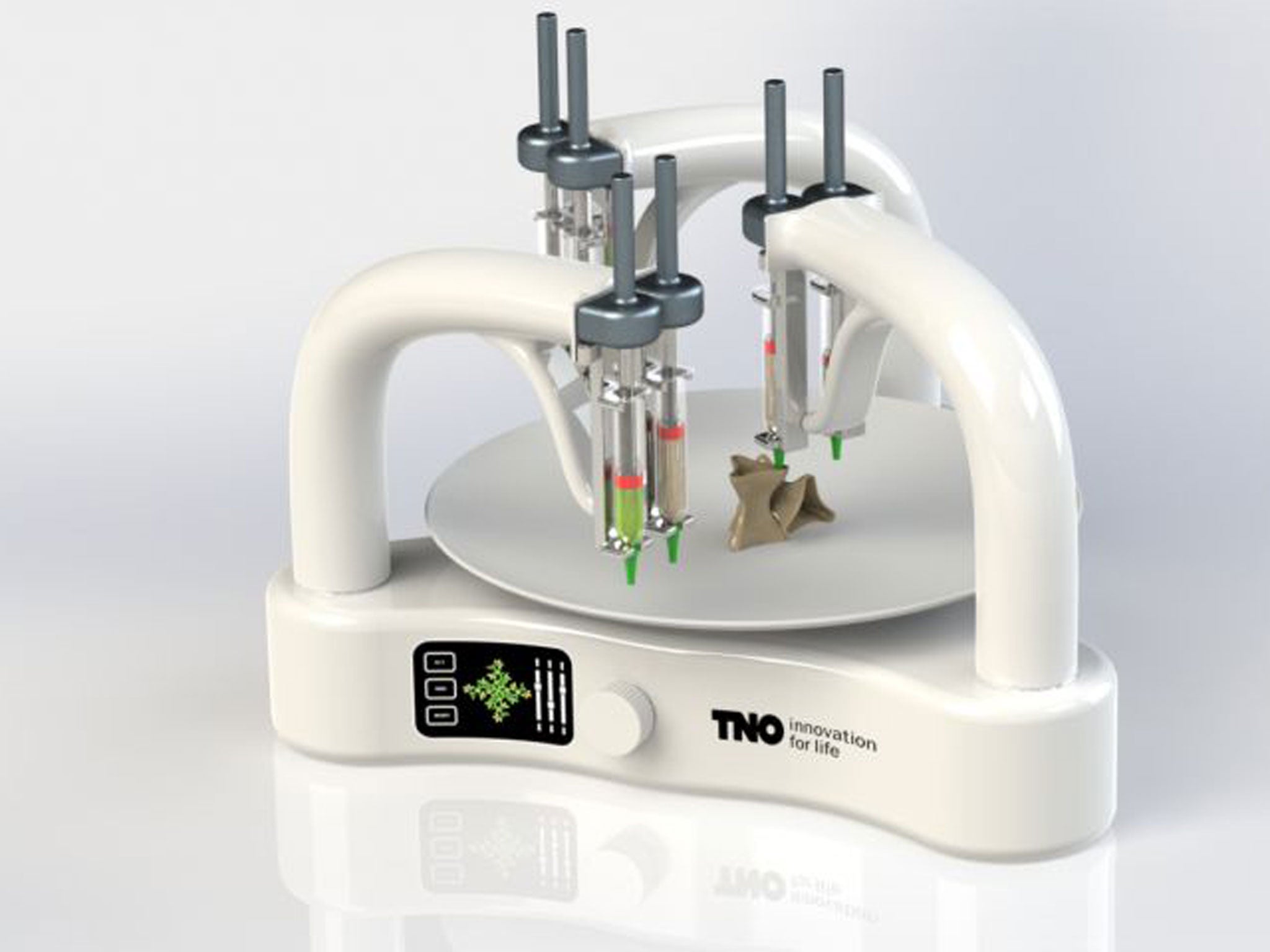Hungry? Print a pepperoni pizza
Nasa is funding the development of printed food with an eye on the long-haul, long-stay space missions of the future

It isn’t the most offensive entry into our occasional round-up of crimes against pizza (a Pizza Hut burger-ringed dish being the worst) but it may yet incite protests on the streets of Naples.
Printed pizzas are the future, according to Nasa. The agency is funding the development of a machine capable of cooking a Mars-gherita at the push of a button. In space, hit Ctrl+P for pizza.
The project, conceived with an eye on the long-haul, long-stay space missions of the future, is just the latest 3D interpretation of the box in the corner of the office.
Only yesterday we reported on the printing in the US of a plastic airway for a baby with a lung condition; 3D printers are also producing spare parts, toys and even guns. David Rowan, editor of Wired UK, said the growing technology was “an industrial revolution in the digital age”. But are we ready for printed food? And how is it even possible?
Kjeld van Bommel is a scientist at TNO, a Dutch research organisation. He has eaten a printed biscuit, after working on food printing techniques for the past two years. The simplest involves automated syringes, of the sort deployed at the University of Exeter last year to create a chocolate printer. It works like an inkjet that builds layers. More complex laser techniques allow him to turn powders laid over the printing bed into solid objects. These can be plastic or metal powders or, in the case of his biscuits, a mix of flour, fat and sugar.
Away from space, printing techniques will allow bakers, say, to design cakes with impossible shapes. Natural materials such as meat or vegetables pose a greater challenge. But, Van Bommel says, “If we can print a kidney [this has happened, he says] then why not a steak?” The scientist says he is working with several food producers.
Printers may also personalise products, adding fewer carbs, say, to a child’s dinner than an athlete’s. Van Bommel says his biscuits are just the beginning. But how do they taste? “OK, but I think the recipe needs work.”
Join our commenting forum
Join thought-provoking conversations, follow other Independent readers and see their replies
Comments
Bookmark popover
Removed from bookmarks